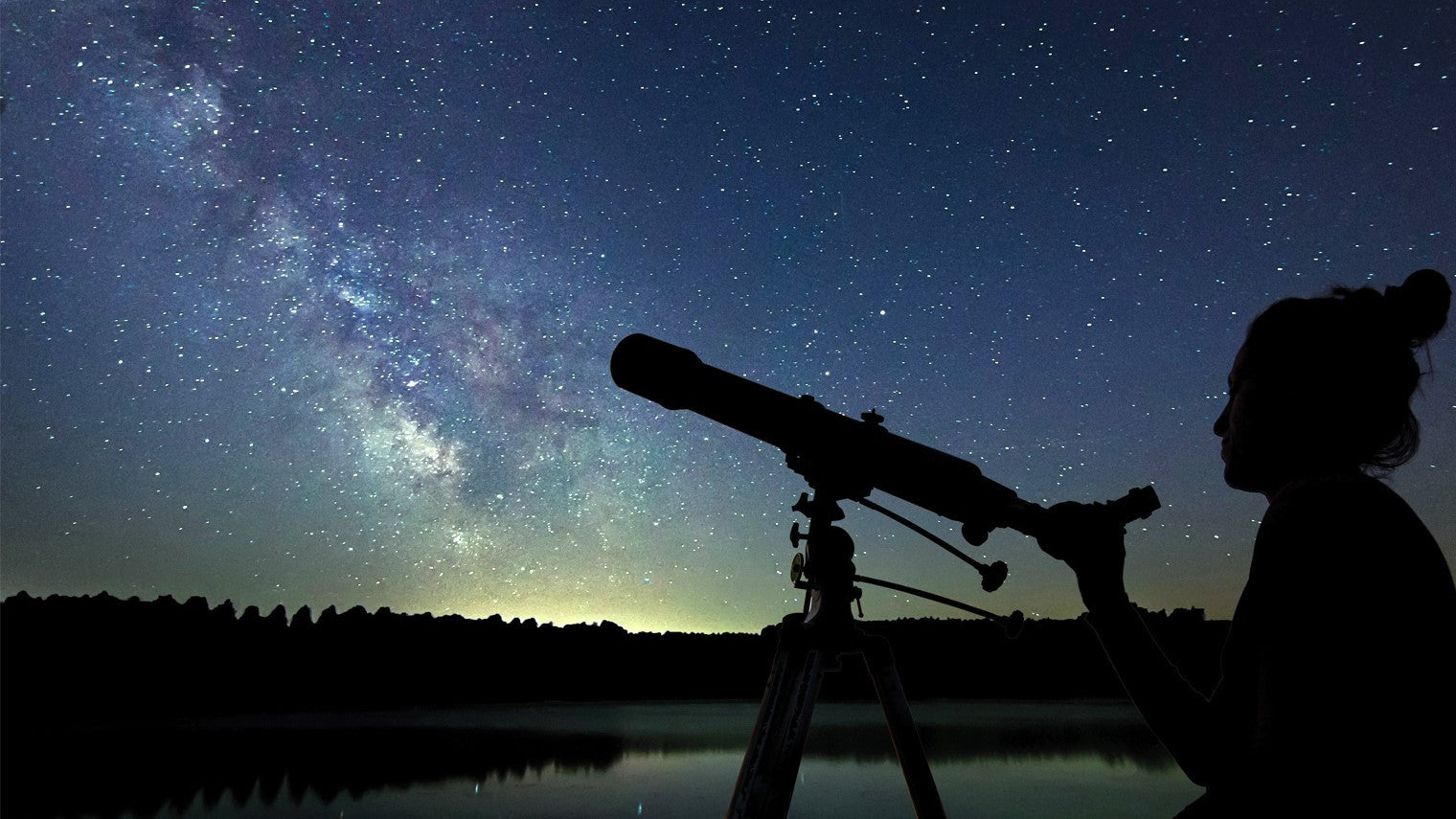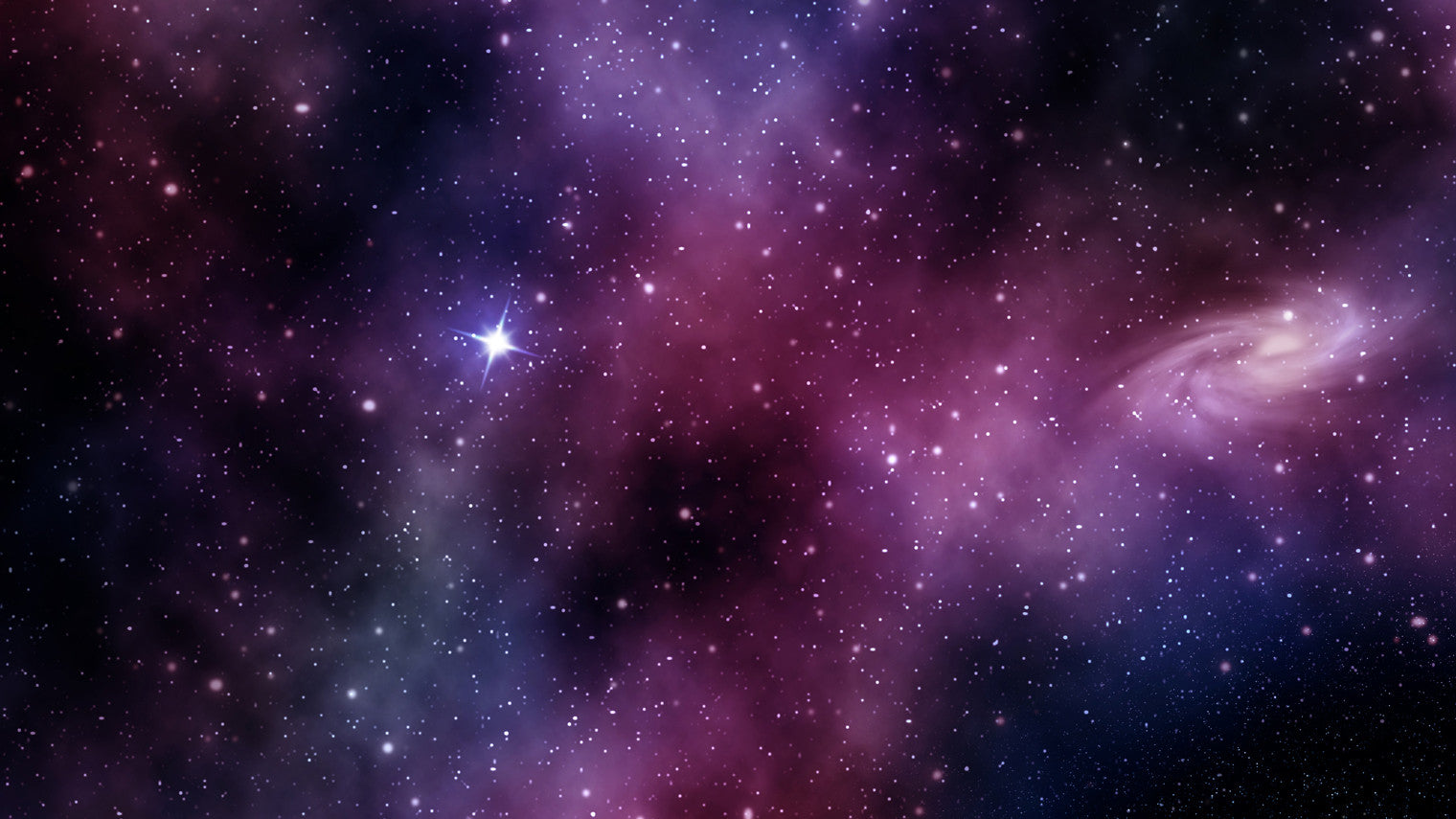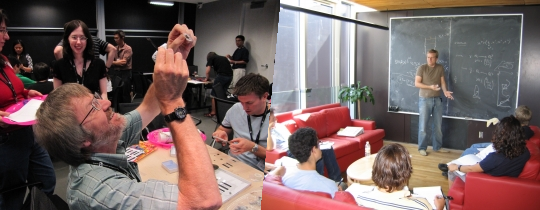
Figuring Outer Space
New Download Options:
-
With Video includes our full video
(530 MB, MOV file) - With YouTube Video link includes a link to the same video on YouTube
Students are often fascinated by space and astronomy. This resource has activities on exoplanets, the life cycle of stars, supernovas, galaxies, and the evolution of the universe.
How to Find an Exoplanet
Students model the transit method, the most important method for finding exoplanets, using simple materials and a smartphone light meter app. They analyze the dip in brightness of their model star to determine the speed and size of their model exoplanet.
The Evolution of Stars

Students organize cards to display the life cycle of stars. They then look at real star data and predict the death outcomes of the stars.
Take a Tour of the Milky Way

Students use craft materials to build a Milky Way galaxy that displays its key features.
The History of the Universe

Students sort cards to create a timeline of the history of the universe. They then use role-playing to dramatize the key events.
Crab Nebula Expansion

In this math activity, students determine the age of a supernova remnant using real images of the crab nebula. Students measure the change in position of dense gas knots over time in different images.
The Search for Exoplanets

Students mathematically model the dip in light observed from a star when an exoplanet crosses in front of the star. They then graph the data to reveal a U-shaped graph that indicates the possible presence of an exoplanet.










